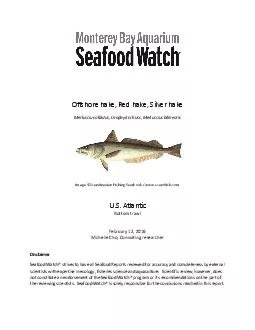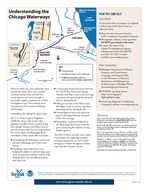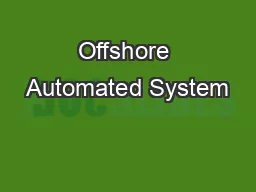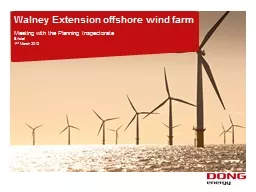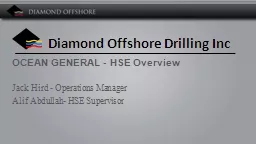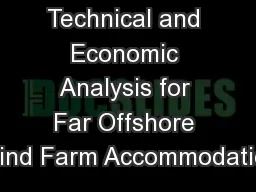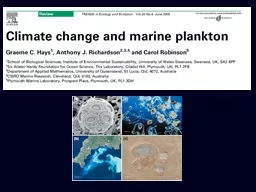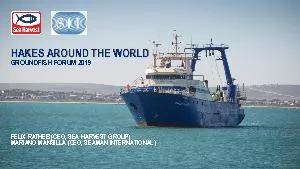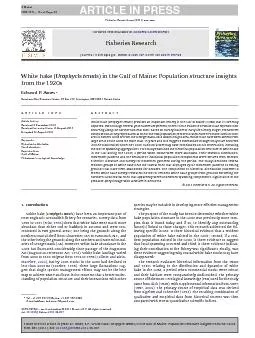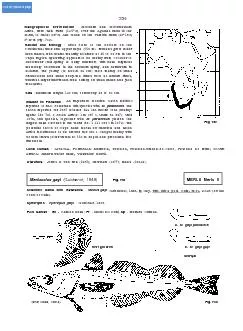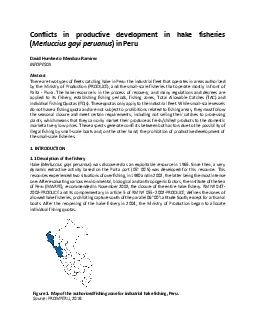PDF-Offshore hake Red hake Silver hakeMerluccius albidus Urophycis chuss M
Author : unita | Published Date : 2021-08-25
About Seafood WatchThe Monterey Bay Aquarium Seafood Watch program evaluates the ecological sustainability of wildcaught and farmed seafood commonly found in the
Presentation Embed Code
Download Presentation
Download Presentation The PPT/PDF document "Offshore hake Red hake Silver hakeMerluc..." is the property of its rightful owner. Permission is granted to download and print the materials on this website for personal, non-commercial use only, and to display it on your personal computer provided you do not modify the materials and that you retain all copyright notices contained in the materials. By downloading content from our website, you accept the terms of this agreement.
Offshore hake Red hake Silver hakeMerluccius albidus Urophycis chuss M: Transcript
Download Rules Of Document
"Offshore hake Red hake Silver hakeMerluccius albidus Urophycis chuss M"The content belongs to its owner. You may download and print it for personal use, without modification, and keep all copyright notices. By downloading, you agree to these terms.
Related Documents

